Plants for fall/winter color
Jessica Frost-Ballas
9 years ago
Related Stories

GARDENING GUIDESGarden Myths to Debunk as You Dig This Fall and Rest Over Winter
Termites hate wood mulch, don’t amend soil for trees, avoid gravel in planters — and more nuggets of garden wisdom
Full Story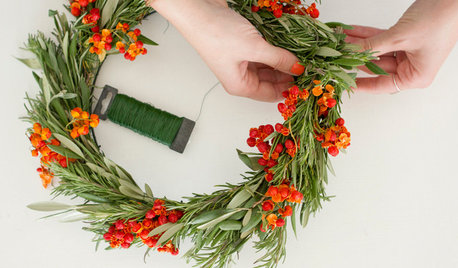
DIY PROJECTSMake a Sophisticated Natural Wreath for Fall and Winter
Rosemary, olive leaves and bittersweet berries combine in an inviting decoration that will last through the holiday season
Full Story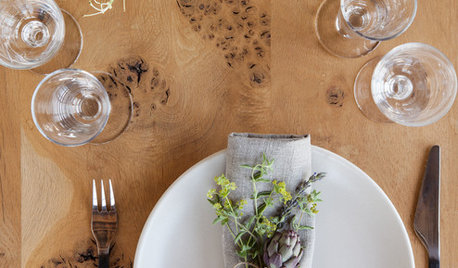
DECORATING GUIDESDecorating With Nature in Fall and Winter
Bringing the beauty of the changing seasons inside is easy and inexpensive. Here are 16 ideas to get you started
Full Story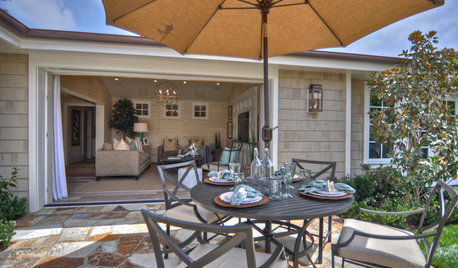
GARDENING AND LANDSCAPINGFall Checklist: 8 Ways to Winterize Your Patio
See how to get your deck or patio ready for cold, wet weather — and keep things in good shape for next spring
Full Story
WINTER GARDENING10 Native Wildflowers to Beautify Your Winter Garden
They stand strong in wind, feed wildlife and are easy to grow. But you may want to add these plants for their looks alone
Full Story
GARDENING FOR BIRDSFeed the Birds: 6 Plants for Abundant Winter Berries
Be kind to your fair feathered friends during lean food times by planting a shrub or tree loaded with nutritious snacks
Full Story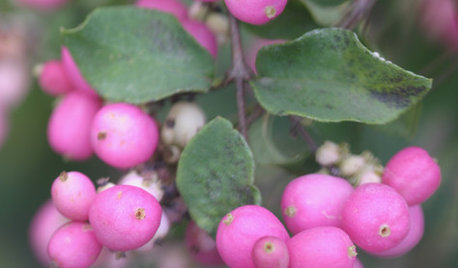
LANDSCAPE DESIGN5 Berry-licious Shrubs to Plant Now for Winter Interest
Showy color during snow season? You bet. These shrubs will wake up a garden with colorful berries when other plants are asleep
Full Story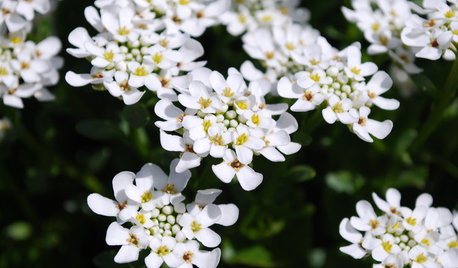
GROUND COVERSGreat Design Plant: Evergreen Candytuft for Glossy Winter Foliage
Keep your garden green through frosty days with this woody subshrub — then delight in sparkling white flowers come spring
Full Story
FALL GARDENINGMake This Fall’s Garden the Best Ever
Learn the most important tip for preventing buyer’s remorse, plus get more valuable buying and planting advice
Full Story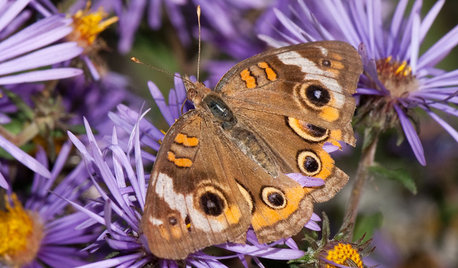
FALL GARDENINGGreat Design Plant: Symphyotrichum Novae-Angliae Ushers in Fall
With bold purple flowers easily accessible to pollinators, New England aster offers loads of interest in the autumn garden
Full StoryMore Discussions






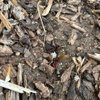
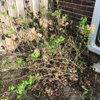
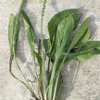

gardenweed_z6a
bogturtle
Related Professionals
Benbrook Landscape Architects & Landscape Designers · Grand Haven Landscape Architects & Landscape Designers · Westwood Landscape Contractors · Crystal Landscape Contractors · Danvers Landscape Contractors · El Segundo Landscape Contractors · Goodlettsville Landscape Contractors · Hickory Hills Landscape Contractors · Inglewood Landscape Contractors · Mission Bend Landscape Contractors · Nanuet Landscape Contractors · Newberg Landscape Contractors · Norwalk Landscape Contractors · Old Saybrook Landscape Contractors · Olympia Landscape ContractorsTexasRanger10
diggerdee zone 6 CT
diggerdee zone 6 CT
Jessica Frost-BallasOriginal Author
TexasRanger10
Jessica Frost-BallasOriginal Author
TexasRanger10
wantonamara Z8 CenTex
jadeite
TexasRanger10
TexasRanger10
jadeite
shrubbish
TexasRanger10
User
TexasRanger10
Jessica Frost-BallasOriginal Author
TexasRanger10
User
floral_uk z.8/9 SW UK
wantonamara Z8 CenTex
TexasRanger10
TexasRanger10
User
TexasRanger10
wantonamara Z8 CenTex